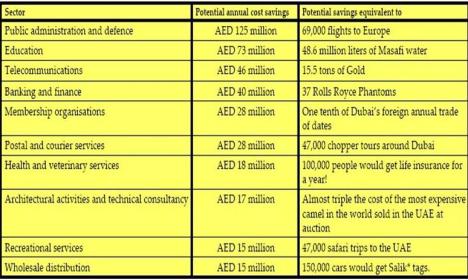As a printer vendor, people get quite surprised when they hear us talking about ‘Paper-Less’ office! But just because we sell printers, doesn’t mean we encourage printing more unnecessary paper.
There are several aspects of the business that, if handled properly, could let you hit two birds with one stone; increase your office efficiency and save money. Printing is easily overlooked when we are considering these two areas and that’s why having a clear printing policy is essential, after all sometimes it is the small things that count.
So what is a printing policy?
A company’s printing policy is a guideline intended for employees to follow in order to apply the best printing practices at the office. It usually covers issues such as restricting the use of colour or ensuring that double-sided printing is used whenever possible. Unfortunately, too many organisations lack a basic printing policy for staff.
In a recent survey which we conducted across EMEA*, we found out that 68.7% of the people surveyed don’t have a printing policy in their companies and only 24% do. Also in companies where printing policies do exist they are often ignored or poorly publicised. This is starkly illustrated by the fact that in businesses with printers offering a double-sided, duplex facility; only 15% of employees ‘always’ used it. Conversely, 60% of staff with access to colour, ‘always’ or ‘often’ use the colour option, yet in the vast majority of office environments most standard print needs can be adequately accommodated in mono.
Introducing better print management techniques at the office would have a greater impact on the corporate bottom line, with potential savings of up to $19,600 million.** With the right management and infrastructure, printing tasks can be done faster and with less waste; saving precious manpower and materials not to mention increasing the business efficiency.
Here are just few points you could include while planning your printing policy
– Proofreading: Always make sure your staff proofread the documents before printing for spelling mistakes or any errors to avoid re-printing
– Double-Sided printing: Set double-sided printing as default and where possible advice staff to print two or four up (printing two or four pages on one sheet, works best with power point presentations)
– Colour Printing: Restrict printing in colours except when needed and set black and white printing as default.
– Print Range: Don’t print a 10 page document when you only need a couple of paragraphs or pages. Make sure you set your print range before printing.
– Recycle: Reuse single sided sheets and incoming faxes for notes
– Disclaimer: Apply the ‘think before you print’ email disclaimer on all your outgoing e-mails.
These are just a few points to help you get started but the most important thing is to involve your staff in the development of the printing policy; ask them for suggestion to give them a sense of ownership. The key here is to put in place a pragmatic and enforceable printing policy, each individual user will be able to operate in a way which remains convenient to them yet takes account of the cost to the broader business and the environment.
*OKI Printing Solutions Survey: ‘So what exactly do you print?’
**cebr Survey: ‘Outsourced printing- A waste of paper?’ – An analysis of cost savings achievable around EMEA from in-house printing and improved print management
Filed under: Business Efficiency, Tips | Tagged: Business Efficiency, Efficiency, Green Printing, OKI, Oki Printing Solutions, Print Management, Printing, printing policy | Leave a comment »





